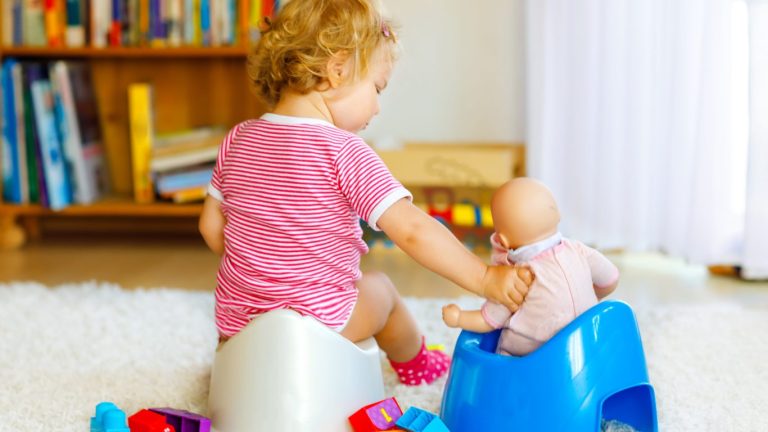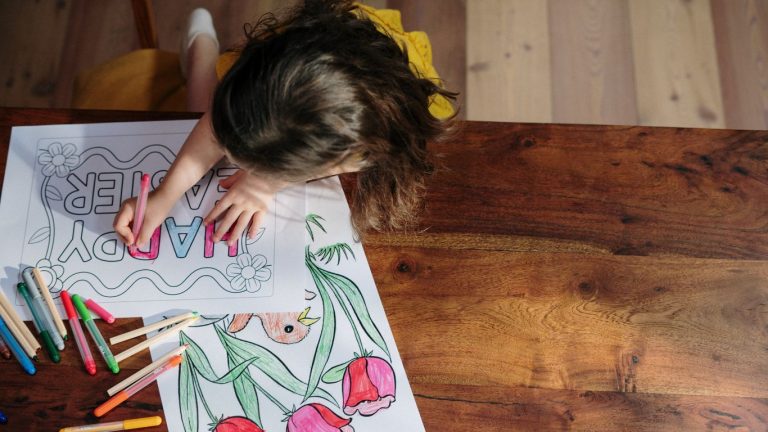I often get calls from parents worried about their children’s self-esteem. They may have seen their teen drop out of situations, which they can usually cope with, or heard they’ve been acting up in class, or perhaps seen them refuse to try a new game or try out a new experience. Find out about self-esteem spirals, and where you can intervene to help out.
Feel, think, act
I’ve given a lot of thought to this. I’m convinced the way for any of us, as adults, to increase our self-esteem is to tackle things we find difficult, work hard at it, overcome the difficulty, and from that, have the experience of feeling proud of ourselves.
In order to do this we have to have enough confidence to dare to feel we might succeed; we have to take our thinking from “I can’t” to “maybe I can”. But even that isn’t enough. Our thinking has to be followed up by action.
How can we translate this into parenting our children towards high self-esteem?
The Low Self-Esteem Spiral
Let’s examine the Low Self-Esteem Spiral. It all begins when our children convince themselves there are things they cannot do. They develop the attitude – and often the whine to go with it, “I can’t”. If our children convince themselves there are many things they cannot do, they convince themselves, “I can’t do much.” If they persist with this attitude, they convince themselves, “I’m just no good.”
Our big worry comes when they start to give up. Almost every teen has a foray into behaviours that their parents would rather they didn’t. However, we need to be greatly concerned when “Sex, Drugs and Rock’n’Roll” (now haven’t I dated myself!) become the most important things in their lives.
And of course, we have reason to fear our children hitting the rock-bottom of “What’s the use”? It’s a long journey from “I can’t” to “What’s the use?” but we need to hook our children onto the High Self-Esteem Spiral as soon as we can.
The High Self-Esteem Spiral
What does a High Self-Esteem spiral look like?
It all begins when our children discover ‘they can.’ No-one has to convince a baby they ‘can’ if they keep persisting and experience satisfaction from success. Watch any baby falling down, getting up, falling down, getting up and eventually taking a few steps to the mutual delight of the toddler and any adult watching. You’re seeing ‘I can’ in action and it’s taken a lot of trying, falling, picking themselves up and trying again, to get there.
Once a child is in ‘I can’ mode, they begin to discover there are a lot of things they can work at and master. With enough of these experiences, our children work out they can do most things they work at hard enough. A busy, happy, striving child is fully entitled to think ‘I’m great’ and, after that, the wonderful opportunities the world has to offer them are theirs for the taking.
But what if our child is already becoming expert at using ‘I can’t’? How can we hook them off from the Low Self- Esteem Spiral to the ‘I can’ of the High Self-Esteem spiral?
Speak positively, encouragingly and with empathy
The more faith we convey to our children that they’re capable and they can do it, the more they’re likely to try. Compare, “Good on you. It’s pretty hard. Have another go. I know you can do it,” with “Stop making all that fuss. Just get on with it. I know you’ll really like it once you get good at it.”
Both are typical ways that caring and devoted parents speak to their children. The first is positive and encouraging. The second is negative and denigrating.
Trying to get children to stop fussing and minimizing the effort they are (or are not) making often discourages them rather than gets the result we are after. Trying to force children to tough it out usually sends them into resistance.
Children usually rise to meet their parents expectations provided these come in a positive form. Children thrive on positive encouragement and acknowledgement that there are some things they have to work hard at.
My favourite way of increasing a child’s self-esteem is that of leading, guiding and encouraging, and I am convinced that this is the best place to start. However, for some children, it simply isn’t powerful enough. There comes a point at which a parent’s wisdom and experience tells them that there are some things that a child simply has to do and the only way they are going to experience “I can” is if we make them.
Taking children from ‘I can’t’ to ‘I can’
When our children say ‘I can’t‘, it often means ‘I won’t‘, or even ‘I don’t want to‘. And the way to get them to ‘I can‘, is via ‘I have to.’
Once they’ve passed through ‘I have to’ (in other words, we’ve made them do it) and discovered they ‘can’, they’re on their way to climbing the High Self-Esteem Spiral.
An example from home
I well remember an occasion when I asked my teen to empty the dishwasher. She wasn’t feeling like it. Her version of ‘I can’t’ which meant ‘I won’t’ sounded something like this, “please don’t make me. You know I hate doing it. Well OK, I’ll do the top layer, but not the bottom. Please, please, please don’t make me do the cutlery. You know I hate cutlery. I can’t do cutlery…” And on and on and on.
I held my ground. It took a long time with a lot of weeping and wailing. Eventually the dishwasher was empty. Please note, I could have done it myself in a quarter of the time, but there were several principles at stake. My daughter needed to do as she was told to a simple request. She needed to contribute to the running of the household. She needed the experience of overcoming her own resistance to do what needed to be done.
By the time it was done, we were both exhausted. But, a few days later, I heard my daughter saying to her friends, with considerable pride, “my job in the family is to empty the dishwasher. My Mum trusts me with fine china and good cutlery.”
If only she knew how hard I had to work to increase her self-esteem!
For more expert advice with getting your child on an upward Self-esteem Spiral, check out our Development and Behaviour sections.





